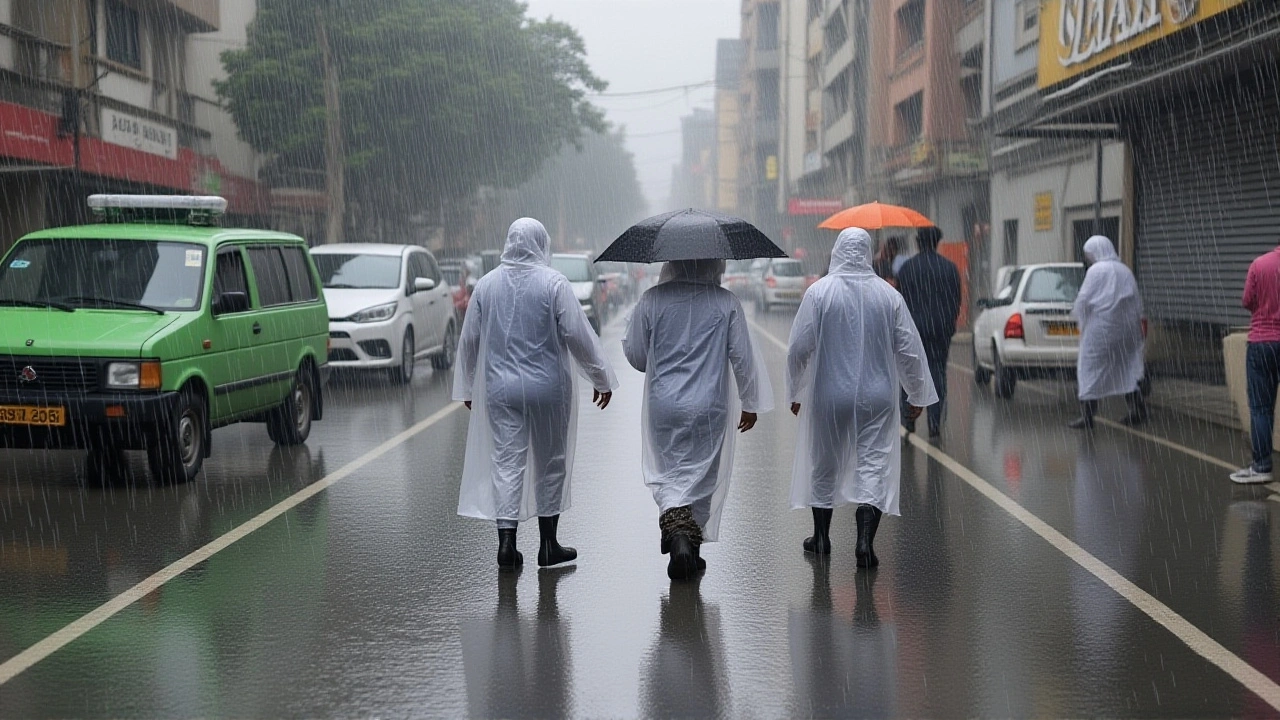If you live in Kenya, work outdoors, or just hate being caught in a sudden rainstorm, you’ve probably checked the Kenya Meteorological Department (KMD) site at some point. It’s more than a static chart – the agency delivers daily forecasts, early warnings, and long‑term climate trends that shape farming, travel, and even construction projects.
First off, KMD blends satellite imagery, ground stations, and computer models to predict what the sky will do. The network includes over 150 weather stations spread from the coastal strip to the highlands, so you get data that reflects local nuances. When a storm system moves in from the Indian Ocean, coastal stations record wind speed, humidity, and rainfall in real time, feeding the models that generate the public forecast.
The department also runs a short‑range model that updates every three hours. That means the 24‑hour forecast you see this morning could already be refined by the afternoon. For longer outlooks – weekly or monthly – KMD uses regional climate models that factor in sea‑surface temperatures and El Niño patterns. These longer forecasts help farmers decide when to plant or harvest, and they guide the government’s disaster‑preparedness plans.
Transparency is a big part of KMD’s approach. All raw data – temperature, wind, pressure – is posted on their portal, allowing researchers, NGOs, and hobbyists to download and analyze it. If you’re curious about a specific town, just type the name into the search bar and you’ll see a tidy table of yesterday’s highs, lows, and rainfall totals.
The practical side of KMD’s work is what matters most to everyday users. When a heat wave is forecast, the department issues a public health alert, advising people to stay hydrated and limit outdoor activity during peak hours. Those alerts are pushed through SMS, radio, and social media, so even low‑tech communities get the warning.
Travel planners rely on KMD’s aviation weather briefings to avoid turbulence and ensure safe take‑offs. Similarly, logistics companies schedule deliveries around the forecasted rain windows to keep roads passable. If you’re a farmer, the weekly rainfall forecast tells you whether you need to irrigate or if you can save water for the dry season.
Beyond alerts, KMD publishes climate summaries each year that highlight trends like rising average temperatures or shifting rainfall patterns. These reports are useful for policymakers drafting water‑management strategies, for schools teaching climate science, and for investors assessing the risk of drought‑prone projects.
Finally, the KMD portal offers a simple “weather widget” you can embed on your website or blog. It shows the current temperature, a brief sky condition, and the next six‑hour outlook. Adding that widget is a quick way to keep visitors informed without writing a single forecast yourself.
In short, the Kenya Meteorological Department turns raw atmospheric data into clear, actionable information for anyone who needs to know what the weather will do next. Whether you’re checking the morning forecast before heading to work, planning a farming cycle months ahead, or just curious about climate trends, KMD gives you the tools to stay a step ahead of the sky.

IGAD and Kenya's meteorological service warn of below‑normal rains and hotter temps across the Horn of Africa’s short‑rain season, urging early warnings and regional cooperation.
Read More >>